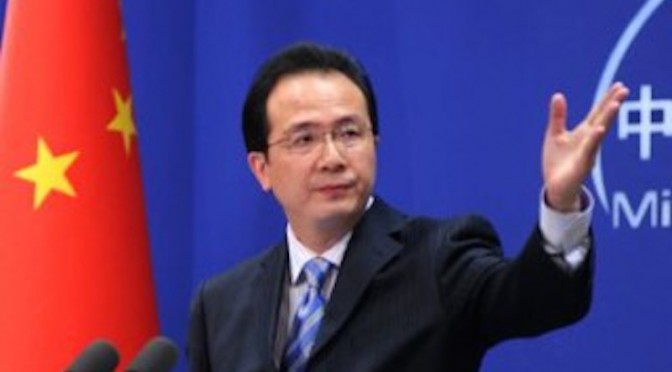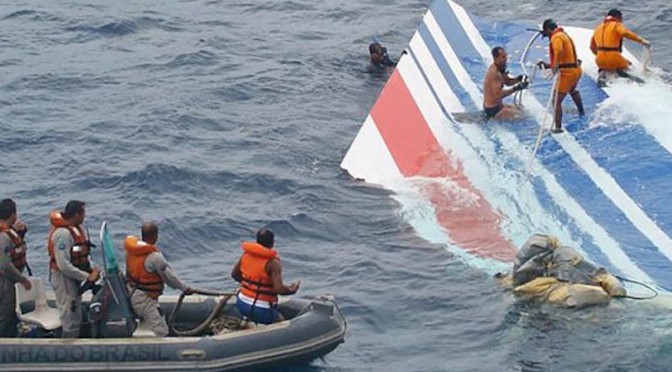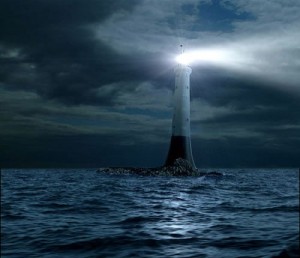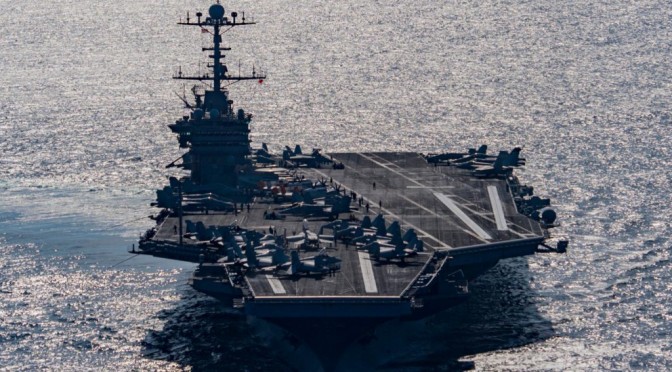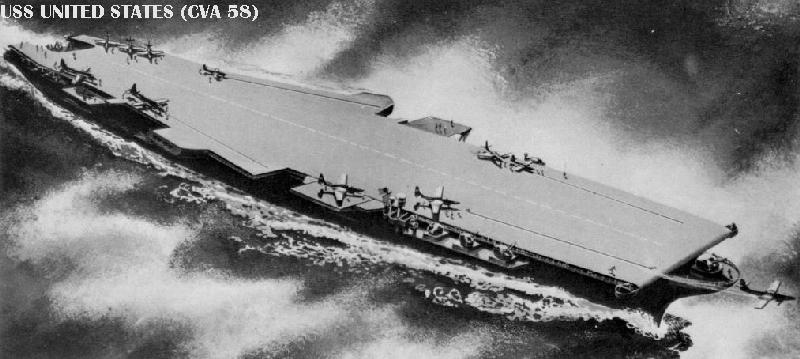By Alex Calvo
This is the final installment in a four-part series devoted to China’s 7 December 2014 document, putting forward her views on the Philippines’ international arbitration case on the South China Sea. Although Beijing is refusing to take part in the proceedings, as confirmed following the Court’s 29 October 2015 ruling on jurisdiction, by issuing this document, and communicating in other ways with the Court, the PRC has failed to completely stay aloof from the case. It is thus interesting to analyze China’s narrative as laid down in that document. Read Part One, Part Two, Part Three.
[otw_shortcode_button href=”https://cimsec.org/buying-cimsec-war-bonds/18115″ size=”medium” icon_position=”right” shape=”round” color_class=”otw-blue”]Donate to CIMSEC![/otw_shortcode_button]
The South China Sea and the Arctic: contradictions in China’s posture? Beijing’s insistence on excluding non-littoral estates from the dispute furthermore clashes with Chinese policy in the Arctic, where the country seeks a voice, arguing that despite just being a (self-labeled) “quasi-Arctic state” it has a right to at the very least make its voice heard given that the region has an impact on its interests. Countries like India, Japan, and the United States, may well put forward similar views concerning the South China Sea, considering themselves to be “quasi-littoral” states given among others their dependence on Sea Lanes of Communication (SLOCs) going through it.
Incentives to delay negotiations. A number of contradictory arguments may be put forward concerning this. Those wishing to blame China may accuse Beijing of seeking to change facts on the ground first (by, for example, occupation of some features and the artificial expansion of others), before engaging in meaningful negotiations. They may also argue Beijing is waiting for the balance of naval power in the region to shift further in her favor, or for developments elsewhere in the world to weaken the resolve of non-regional actors to intervene. On the other hand, those seeking to blame the Philippines may put forward similar accusations, arguing that Manila wishes to rearm (with US and Japanese assistance) first before engaging in serious negotiations with China. These voices may also put forward the view that Manila first wishes to take the moral high ground (among other means by the international arbitration bid), secure stronger support by the United States, or draw in other interested parties like Japan. We can thus see how both sides have potential reasons not to seek a speedy start of bilateral negotiations.
China defends cooperation prior to delimitation, but it is Taiwan and Japan which have implemented the principle. Section IV is perhaps not so original, basically reiterating arguments already expounded in Section III. It still contains some paragraphs worthy of comment, though. In Paragraph 61 the text refers to the “Agreement for Joint Marine Seismic Undertaking in Certain Areas in the South China Sea” between China National Offshore Oil Corporation and Philippine National Oil Company, expanded in 2005 to “a tripartite agreement, with the participation of Vietnam Oil and Gas Corporation.” The text praises it as “a good example of the constructive efforts made by the States concerned to enhance cooperation and create conditions for a negotiated settlement of the disputes in the South China Sea,” stressing that the “maritime area covered by that agreement is within that covered in the present arbitration initiated by the Philippines.” Few would disagree that agreements like this do indeed offer an interesting path, allowing states party to a dispute to build trust while concentrating on the joint development and management of natural resources, leaving for later tricky questions of sovereignty. When we move from the realm of theory to that of practice, however, we find that such efforts involving China have not been successful. In the South China Sea, possible cooperation seems to have given way to violent competition, with oil rigs becoming “weapons” rather than symbols of cooperation. In the East China Sea, where a similar agreement was concluded with Japan, it later unraveled and has not been implemented. It is Taiwan, not China, that has actively pushed for joint management that could proceed while leaving sovereignty for later. This has resulted not only in President Ma’s East China Sea Peace Initiative, but in a fisheries agreement with Japan along these lines. Whatever the reasons, no similar agreement has been concluded and effectively implemented by the PRC.

Chinese Embassy to the Netherlands. While refusing to take part in the arbitration proceedings, China has regularly communicated with the Court, often through this Embassy.
Partial versus comprehensive solutions in territorial conflicts. It is interesting to note the position paper’s critique of Manila’s arbitration bid in Paragraph 68, which argues that “The issues presented by the Philippines for arbitration constitute an integral part of maritime delimitation between China and the Philippines” and that “The Philippines’ approach of splitting its maritime delimitation dispute with China and selecting some of the issues for arbitration, if permitted, will inevitably destroy the integrity and indivisibility of maritime delimitation and contravene the principle that maritime delimitation must be based on international law as referred to in Article 38 of the ICJ Statute and that ‘all relevant factors must be taken into account.’ This will adversely affect the future equitable solution of the dispute of maritime delimitation between China and the Philippines.” While the first sentence is just a reiteration, the second one touches upon a legitimate concern, given that any partial ruling runs the risk not only of being difficult to implement due to its non-comprehensive nature, but also of not being equitable for lack of consideration of certain factors concerning areas or aspects not included in the arbitration proceedings. This could be a reason to reject this approach. On the other hand, it could be said that history shows how countries often reach limited agreements, either because they are unable to successfully reach a comprehensive settlement, or because they prefer to start dealing with those issues where they either expect it to be easier to reach an understanding or which are more pressing. China is no stranger to this posture. The reference to equity though is important since an equitable settlement is often one involving tradeoffs, and such tradeoffs will often only be acceptable when covering a case’s full spectrum of issues.
The long shadow of history in China’s narrative against compulsory arbitration. In Section V the text demands full respect for China’s “right to freely choose the means of dispute settlement”, while defending the position that the “rejection of and non-participation in the present arbitration is solidly grounded in international law.” The stress on “consent” (76), while not amounting to any Chinese singularity, may also reflect the country’s experience with the so-called “unequal treaties.” Also important is the reference (76) to the “package deal” nature of UNCLOS, which is indeed the case, and as the text notes involved “extended and arduous negotiations” with regard to Part XV dealing with dispute settlement. The position paper insists (78) that the resulting “balance” in that Part was “a critical factor” prompting many countries to sign the convention, and again cites the Southern Bluefin Tuna Case, this time to reinforce the notion that compulsory arbitration should be restricted to cases where all parties agreed to it. The problem with this is that if all parties agree to arbitration, then there is no need for the procedure to be compulsory, and if compulsory proceedings are provided for, it is with a view to at least some cases where one or more countries may indeed oppose them. If “compulsory” arbitration could only move forward with the post-ratification consent of all parties involved, one could argue that there would be no need for UNCLOS to lay down areas where arbitration could be mandatory.
Abuse of right. Another legal principle that the text delves into (84) is that of “abuse of right”, in tandem with the above-mentioned “good faith.” These are general principles of law found, in some form or another, in most legal systems. The text cites Article 300 of UNCLOS, which lays down that “States Parties shall fulfill in good faith the obligations assumed under this Convention and shall exercise the rights, jurisdiction and freedoms recognized in this Convention in a manner which would not constitute an abuse of right,” adding that Manila has not done so by seeking to bypass Beijing’s refusal to engage in arbitration and existing agreements to settle the dispute by negotiations.
Conclusions. Beijing’s document, despite stressing that it is not a formal reply, systematically rejects all of Manila’s arguments, while summarizing China’s position. While China emphasizes the Philippines’ alleged promise to deal with the issue bilaterally, the text refers to treaties between other countries, mentions ASEAN, and touches upon the sensitive issue of Taiwan, in a reminder of how difficult it is to keep things bilateral in this corner of the world. Reading in between lines we can also see how history casts a long shadow over Beijing’s position, a position which is not always free from contradictions, for example when it defends the delay in opening up negotiations with Manila by stressing the complexities involved due to among others the large number of parties, while at the same time emphasizing her traditional stance that the dispute should be approached bilaterally. At the end of the day, it will be might (in a broad sense of the word, not necessarily limited to naval power, and in particular traditional lethal naval power), rather than right which will determine the fate of the South China Sea, but this does not mean that international law will not play a role, and hence the need to carefully follow developments in the international arbitration case initiated by the Philippines, together with rearmament and greater coordination among maritime democracies.
Alex Calvo is a guest professor at Nagoya University (Japan) focusing on security and defence policy, international law, and military history in the Indian-Pacific Ocean Region. A member of the Center for International Maritime Security (CIMSEC) and Taiwan’s South China Sea Think-Tank, he is currently writing a book about Asia’s role and contribution to the Allied victory in the Great War. He tweets @Alex__Calvo and his work can be found here.
[otw_shortcode_button href=”https://cimsec.org/buying-cimsec-war-bonds/18115″ size=”medium” icon_position=”right” shape=”round” color_class=”otw-blue”]Donate to CIMSEC![/otw_shortcode_button]

